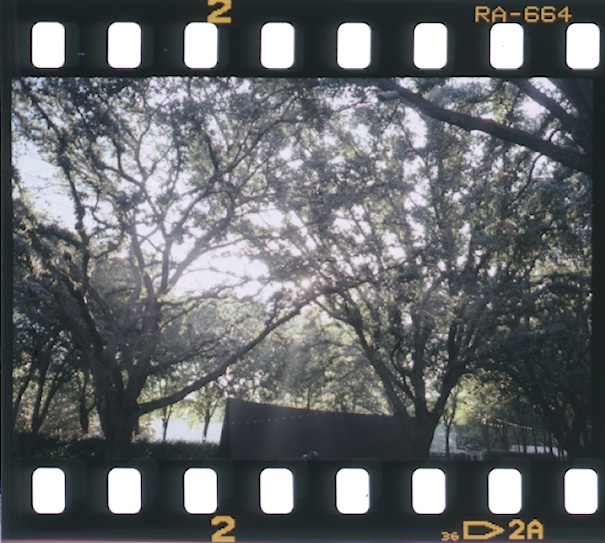For this commission, Fowler drew on practices of focused listening and architectural acoustics to create a multi-channel sound installation. Using everyday objects and acoustic environments unique to each site, Fowler created compositions that subtly examine the material history of the two sites and their acoustic qualities.
The first part of the work, Gone Reflections, premiered at Lismore in August 2017, where Fowler recorded the source material by using percussion mallets to gently strike various objects found in the castle—glasses, pitchers, vases, bowls, etc.—he also used techniques of feedback and re-amping to alter the sounds' innate spectra and morphology. After a period of composition the multi-channel installation was then presented in one of the Medieval defensive towers surrounding the garden.
Fowler then travelled to Dallas for the second part of his commission to take recordings of objects at the Nasher Sculpture Center, including sculptures in the collection, and used the recordings to create a new sonic composition unique to the Nasher.
Here, he relied on a minimalist strategy of propagating sine waves at various frequencies through a variety of sculptures in the collection. The new sound composition, Gone Reflections (part 2), represents a conversation of sorts between two sculptures—Naum Gabo’s Constructed Head No. 2 and Barnett Newman’s Here III. Fowler played sine waves of similar frequency ranges, ascending in one and descending in the other, through each sculpture. Both made of stainless steel, the unique forms of each work affect the way the sine waves move and reverberate through them, creating unexpected resonances and distortion products. When played simultaneously in the terraced garden—an amphitheatre-like space in the Nasher’s outdoor galleries—these tones produce moments of harmony and dissonance as the ascending and descending frequencies interact with one another.
Luke Fowler’s Gone Reflections (part 2) consists of three distinct cycles, or frequency ranges, each 10 minutes in length, with a 20-minute silence between them, resulting in a portion of the composition playing each half hour, beginning at 11:05am until close.

